About the community
Drohobych, a provincial town in the Lviv region, and Boryslav, its neighboring village, were located at the foot of the towering Carpathian Mountains, and their Jewish residents toiled their lives in a hostile environment for centuries, similar to many other Jewish towns in Galicia.
It was in Borysław, about eight kilometers from Drohobycz, that Joseph Hecker discovered the use of the oily, smelly liquid that flooded the ground after rains. He was followed by Abraham Schreiner. He named the liquid naphtha, explored and refined it, and paved the way for the oil age.
Boryslav grew and Drohobych flourished. The nearby towns in their vicinity also developed.
Since the end of the 19th century and for several decades until 1939, cultural figures such as the writer and painter Bruno Schulz and the poet S. Shalom, the painters Maurizio Gottlieb, Leopold Gottlieb and Ephraim Lilien, thinkers and activists such as Leon Reich, David Horowitz and Yvdla, Prof. Shevach Weiss and others arose in Drohobych.

Leon Reich
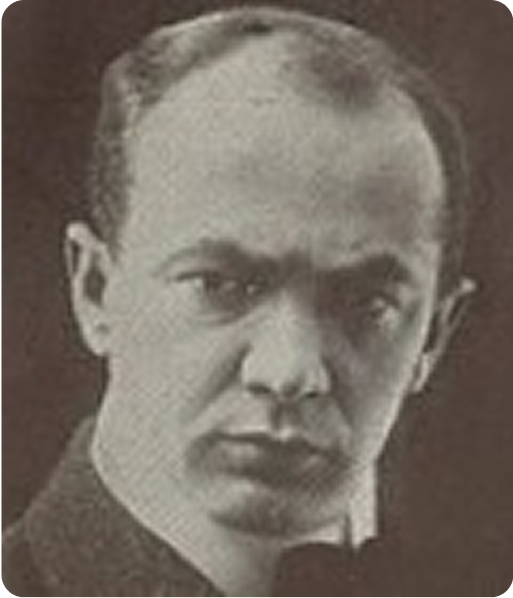
Efraim Lilien
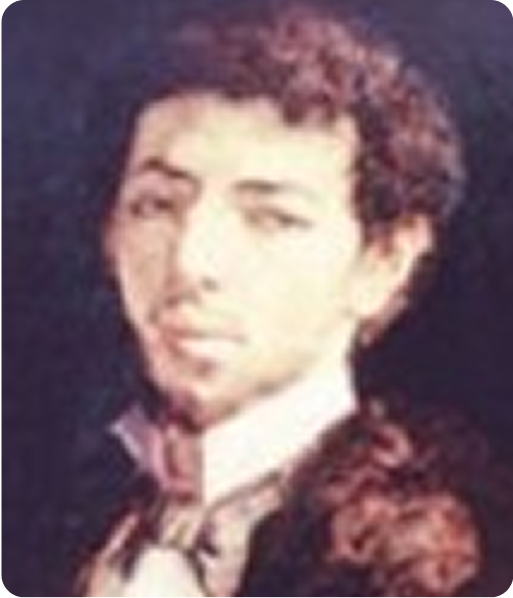
Maurycy Gottlieb
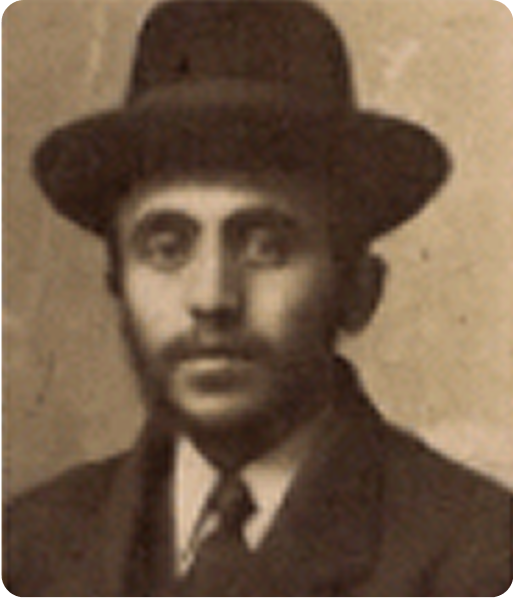
Avraham Kestenbaum
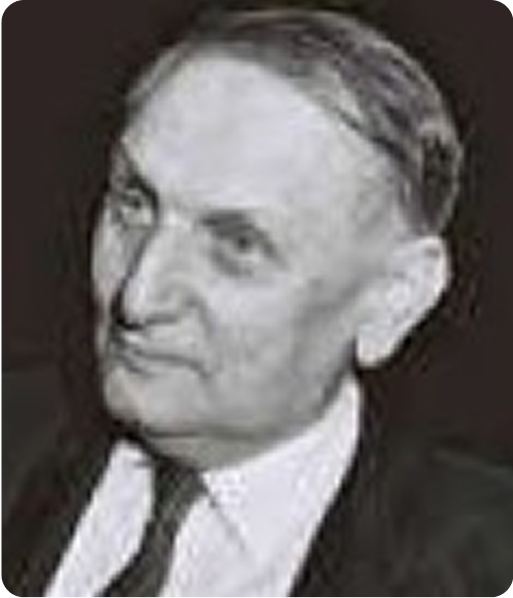
David Horowitz
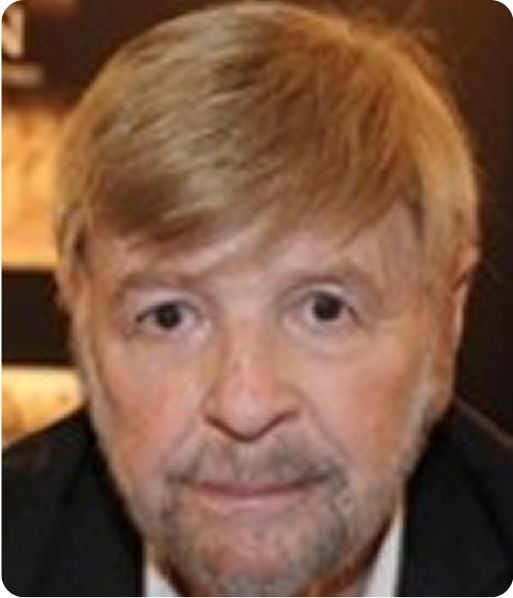
Shevach Weiss
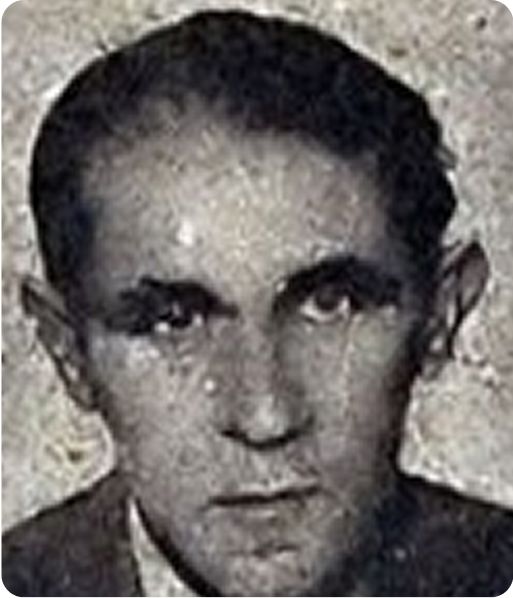
Bruno Schullz
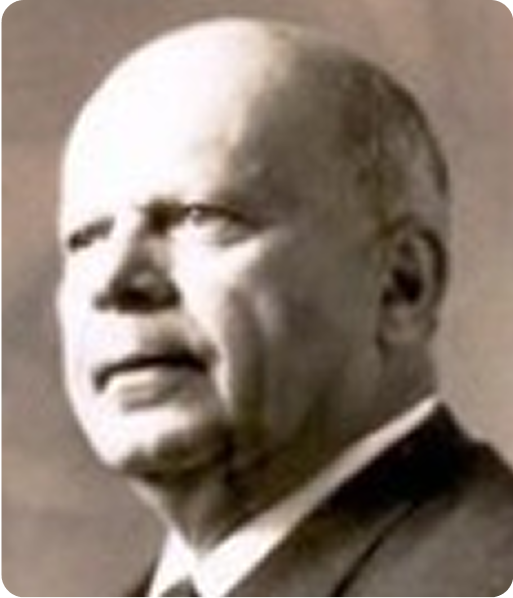
Shin Shalom
32,000 Jews lived in the Drohovych district before the Holocaust. At its end, 400 survivors remained in Drohovych and another 200 survived in Boryslav.
The Drohovits, Boryslav and Surrounding Area Association was established in Tel Aviv in 1947. However, the survivors of Drohovits-Boryslav began holding memorial days as early as 1946 (in the Fernwald DP camp, Germany). Throughout its years, the organization has made sure to hold a memorial ceremony and a gathering of friends every year. The organization also established a memorial monument at the Nahalat Yitzhak Cemetery in Tel Aviv in memory of the townspeople who were murdered in the Holocaust. A website was recently upgraded, which aims to preserve the memory and knowledge about our communities and families. We are conducting ongoing activities that expand knowledge about the townspeople and their work and the memory of those who perished in the Holocaust, and to disseminate it in Israel and around the world.
We constantly turn to those who survived, to future generations, and to all who hold our communities dear to them to join us in uncovering, discovering, and preserving our wondrous origins.